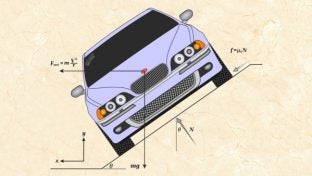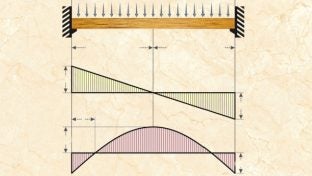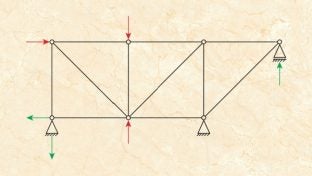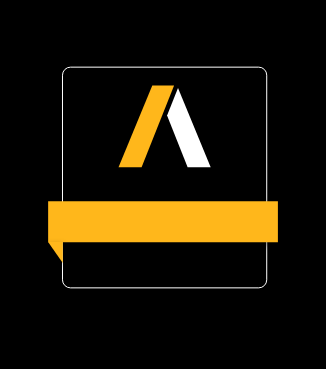
![]() This course covers the fundamental principles of frictional force and its real-world applications, particularly in the field of mechanical engineering. The course begins with an in-depth exploration of the concept of frictional force, including how it opposes motion and how it is calculated. It dispels common misconceptions about frictional force, such as the belief that it is always equal to the product of the coefficient of friction and the normal force. The course then delves into the differences in frictional force when an object is in motion versus at rest. For instance, the course uses the example of belt drives to illustrate how to calculate tension in the belt to determine if slipping has occurred. The course then transitions into the application of friction in engineering problems, using a problem involving three blocks as an illustrative example. It explains how to determine the direction of movement of the blocks under different conditions, considering factors such as frictional resistance, weight effect, and normal reaction. The course also discusses the concept of impending motion and how to calculate the forces needed to keep the blocks in place or to move them.
This course covers the fundamental principles of frictional force and its real-world applications, particularly in the field of mechanical engineering. The course begins with an in-depth exploration of the concept of frictional force, including how it opposes motion and how it is calculated. It dispels common misconceptions about frictional force, such as the belief that it is always equal to the product of the coefficient of friction and the normal force. The course then delves into the differences in frictional force when an object is in motion versus at rest. For instance, the course uses the example of belt drives to illustrate how to calculate tension in the belt to determine if slipping has occurred. The course then transitions into the application of friction in engineering problems, using a problem involving three blocks as an illustrative example. It explains how to determine the direction of movement of the blocks under different conditions, considering factors such as frictional resistance, weight effect, and normal reaction. The course also discusses the concept of impending motion and how to calculate the forces needed to keep the blocks in place or to move them.
-
Cost: FREE
- Course Duration: 1-2 HOURS
- Skill Level: Beginner
- Skills Gained: Frictional Force, Friction in Engineering Applications, Static Friction
No reviews available for this learning resource.









